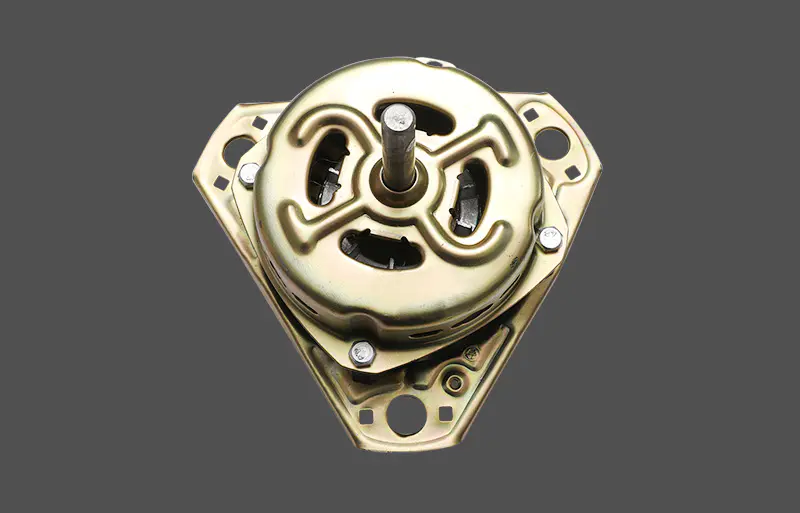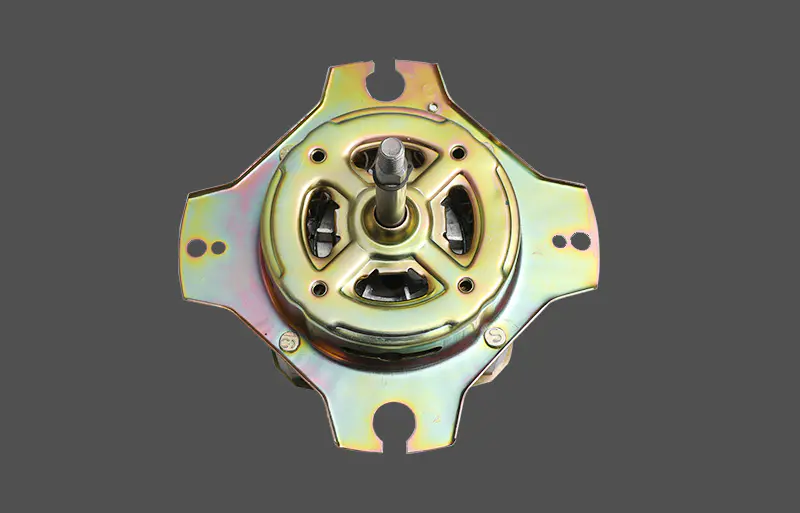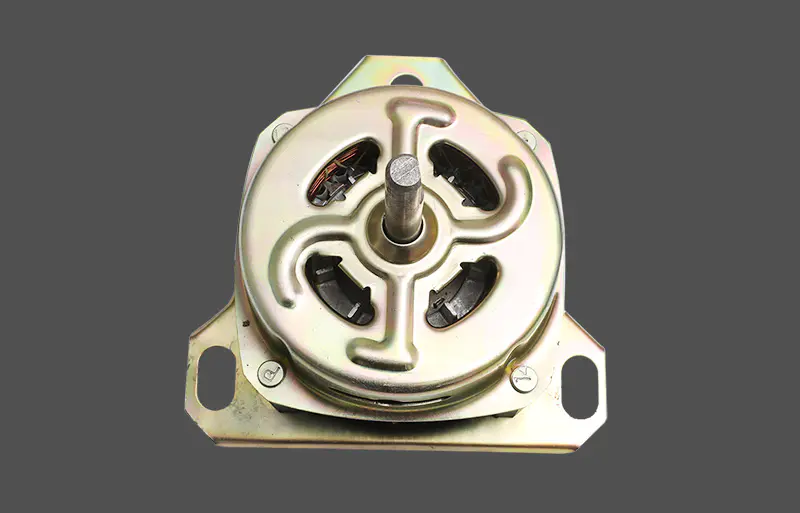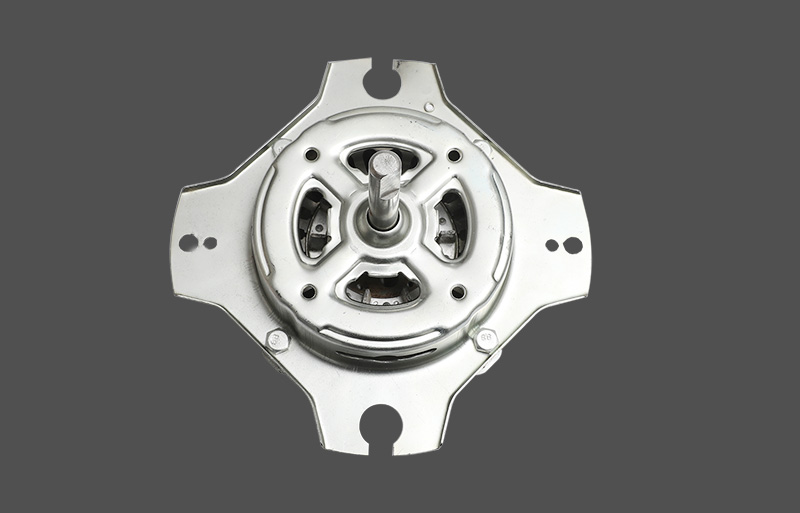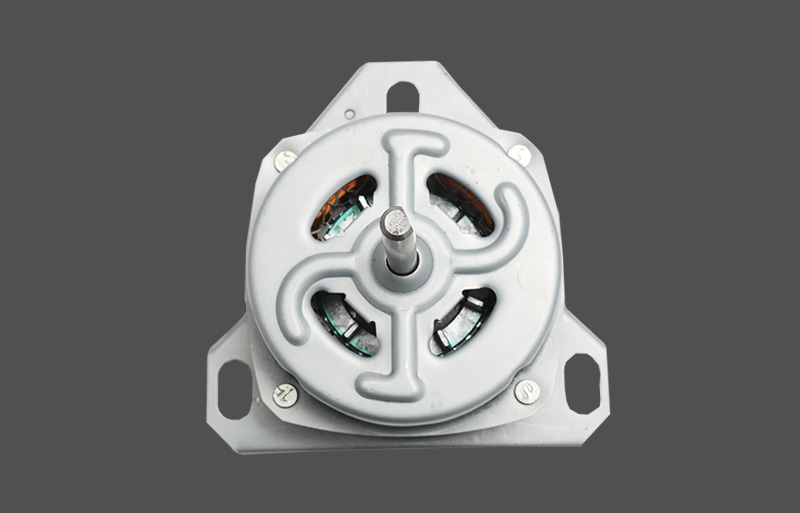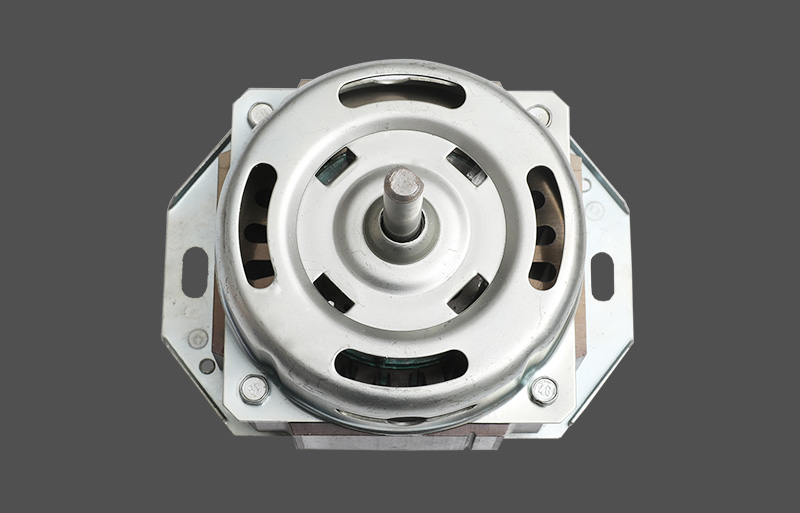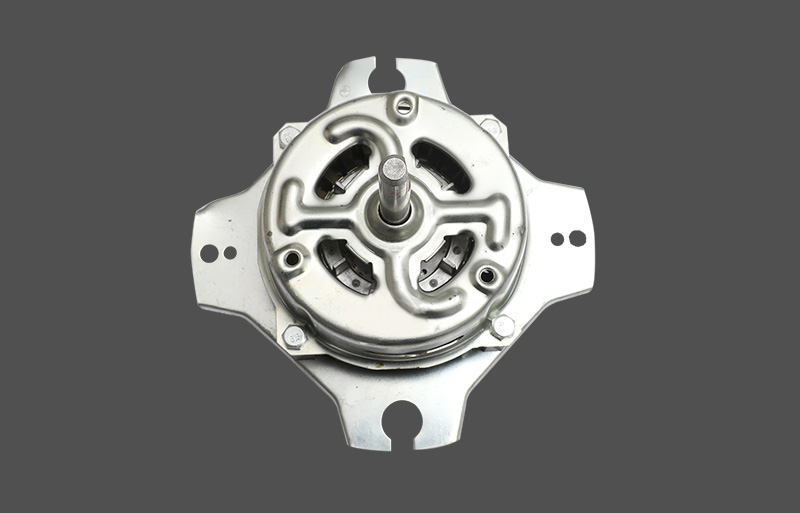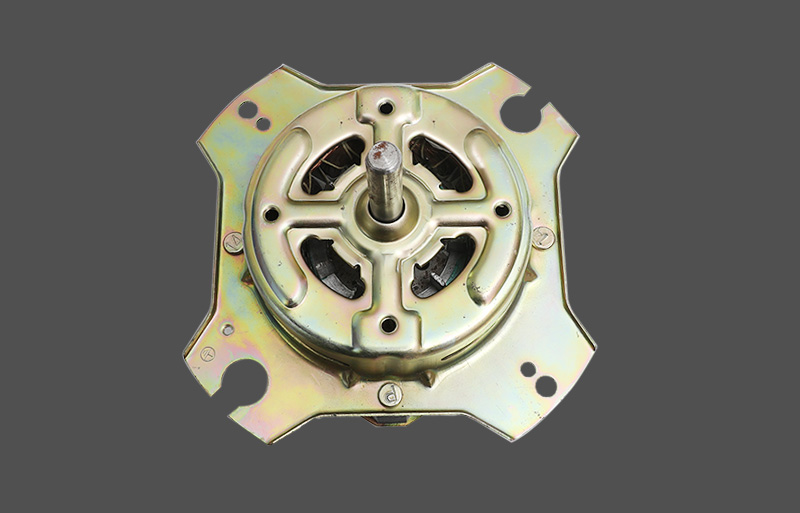Living in Southern California, if you were asked what the number one insurance claim on a homeowner's insurance policy is, it might be likely for you to say fire damage, but that would be incorrect. As unbelievable as it may sound, it's actually water damage! What makes this so hard to believe, is that when we thinkMotor For Washing Machine water damage, we picture a house flooded knee-deep with water, but again, this is not the case. Actually, the largest amount of insurance claims stem from the failure of everyday household appliances such as refrigerators, dishwashers, kitchen sinks, toilets, etc; and one of the largest, and generally most unsuspected culprits, is actually your very own washing machine!
According to the Insurance Institute for Business and Home Safety (IIBHS), water damage caused by washing machine related failures costs on average approximately $5,308 per household after all deductibles are paid, not to mention the spike in your monthly or yearly premiums as well. The unfortunate part of all of this is, with a quick 2 minute inspection twice a year, and a $15-$20 part replacement if necessary, this could have all been prevented! Lucky for you, we're here to tell you how!
Preventative Maintenance
First, know that the primary cause of water damage in homes from washing machine related failures is due to a leaky or busted water supply hose. According to the IIBHS, the average age of failure for a washing machine supply hose is approximately 8.7 years. To extend the life expectancy of your washing machine, and to possibly save you from extremely expensive and extensive clean-up and repair to your home, and to save you time, follow these essential steps to preventative home maintenance for your washing machine and supply lines:
* Check your hot and cold washing machine supply lines at least twice a year (every 6 months) for signs of failure, which include: worn tubing or bulging and blistering of the hose, stress cracks or loosening at the connection, fraying of the lines, and any leaks near the hose ends.
* As per manufacturers recommendations, replace these supply lines at least once every 3-5 years regardless of their visible condition; since in some cases deterioration may occur from the inside out, and might not even be visible until it is too late. Make sure to replace them with reinforced steel braided hoses as these will last longer and are far less likely to result in catastrophe.
* Leave a four inch (11 centimeter) gap between the back of your washing machine and the wall to avoid kinks in your water supply lines.
* Tighten any connections that may feel loose, but avoid over tightening, which may cause stress cracks to occur.
Other preventative measures include the following:
* Turning off the supply valves when not in use, such as when leaving on vacation or if your washing cycle is only once every week or two.
The type of valves you have installed may make this task a bit daunting. Instead of omitting this task completely, consider having installed a lever-type valve that will make it easier to operate between uses and in case of an emergency, such as a hose burst. A local plumber would be able to do this for you for a fairly small fee, but it is well worth it.




